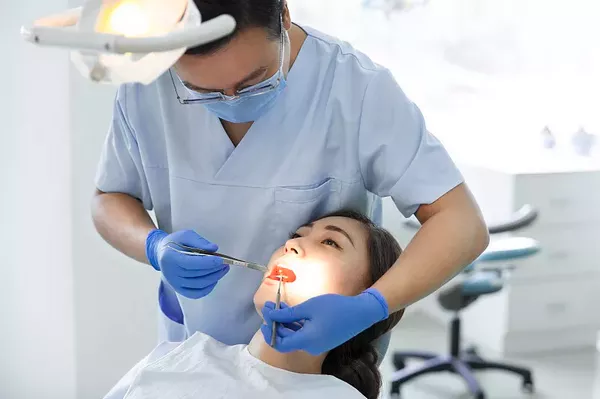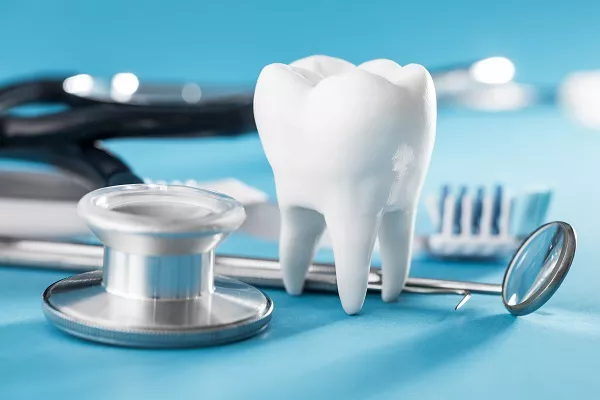Wisdom teeth removal, also known as third molar extraction, is a common dental procedure performed to address issues such as impaction, crowding, or infection associated with the third molars. While the thought of undergoing oral surgery may seem daunting, understanding the procedure can help alleviate anxiety and ensure a smooth and successful experience. In this comprehensive guide, we’ll explore the step-by-step process of wisdom teeth removal, from initial consultation to post-operative care, providing patients with valuable insights into what to expect before, during, and after the procedure.
1. Initial Consultation and Evaluation:
The first step in the wisdom teeth removal process is the initial consultation with a dentist or oral surgeon. During this appointment, the dental professional will review the patient’s dental and medical history, perform a clinical examination, and assess the position and condition of the wisdom teeth using diagnostic imaging such as X-rays or panoramic radiographs.
Based on the findings of the evaluation, the dentist or oral surgeon will discuss the treatment options with the patient and recommend wisdom teeth removal if deemed necessary. The patient will have the opportunity to ask questions, discuss any concerns, and receive detailed instructions for the procedure and recovery.
2. Pre-operative Preparation:
Prior to the wisdom teeth removal procedure, patients may be instructed to undergo certain pre-operative preparations to ensure a safe and successful outcome. This may include fasting for a specified period before the procedure to prevent nausea and vomiting, as well as discontinuing certain medications that may interfere with the surgery or healing process.
Patients may also be prescribed antibiotics or antimicrobial mouthwash to reduce the risk of infection, as well as instructions for proper oral hygiene practices leading up to the surgery.
3. Anesthesia and Sedation:
On the day of the wisdom teeth removal procedure, the patient will be administered anesthesia or sedation to ensure comfort and relaxation during the surgery. The type of anesthesia used will depend on factors such as the complexity of the extraction, the patient’s medical history, and their level of anxiety or apprehension.
Local anesthesia: Local anesthesia is commonly used to numb the surgical area and prevent pain during the extraction. It may be administered via injections near the extraction site or through topical application to numb the gums.
IV sedation: Intravenous (IV) sedation, also known as twilight anesthesia, induces a state of deep relaxation and may be used for patients who experience anxiety or fear about dental procedures. IV sedation allows patients to remain conscious but relaxed during the surgery, with minimal awareness of the procedure.
4. Extraction Procedure:
Once the patient is adequately sedated or anesthetized, the dentist or oral surgeon will proceed with the wisdom teeth removal procedure. The extraction process may vary depending on factors such as the position and condition of the wisdom teeth, as well as the patient’s anatomical features.
Simple Extraction: If the wisdom teeth are fully erupted and accessible, a simple extraction may be performed. The dentist or oral surgeon will use specialized instruments called elevators and forceps to loosen and remove the teeth from their sockets in the jawbone.
Surgical Extraction: In cases where the wisdom teeth are impacted (unable to fully erupt) or positioned in a way that makes them difficult to access, a surgical extraction may be necessary. This involves making an incision in the gum tissue and removing a portion of the bone to access and extract the teeth.
5. Post-operative Care and Recovery:
Following the wisdom teeth removal procedure, patients will be provided with post-operative instructions and guidelines for care and recovery. This may include recommendations for pain management, swelling reduction, and proper oral hygiene practices.
Patients may experience some discomfort, swelling, and minor bleeding in the days following the surgery, which can typically be managed with over-the-counter pain relievers and cold compresses applied to the face.
It’s essential for patients to follow all post-operative instructions provided by their dentist or oral surgeon, including avoiding strenuous activities, refraining from smoking or using straws, and attending follow-up appointments for monitoring and suture removal if necessary.
6. Long-term Follow-up:
In most cases, the recovery period following wisdom teeth removal is relatively short, with patients able to resume normal activities within a few days to a week after the procedure. However, it’s essential for patients to attend all scheduled follow-up appointments with their dentist or oral surgeon to ensure proper healing and monitor for any signs of complications.
Long-term follow-up may include periodic dental check-ups and X-rays to assess the healing process and ensure the absence of any issues such as infection, dry socket, or delayed healing.
Conclusion
In conclusion, wisdom teeth removal is a common and routine dental procedure performed to address issues such as impaction, infection, or crowding associated with the third molars. By understanding the step-by-step process of wisdom teeth removal, from initial consultation to post-operative care and recovery, patients can approach the procedure with confidence and peace of mind. It’s essential to communicate openly with your dentist or oral surgeon, follow all pre-operative and post-operative instructions diligently, and attend all scheduled follow-up appointments to ensure a successful outcome and optimal oral health in the long term. With proper preparation, care, and attention, patients can navigate the wisdom teeth removal process smoothly and achieve relief from dental issues while preserving their overall oral health and well-being.
How Much To Remove An Impacted Wisdom Tooth
How Much Is A Wisdom Tooth Extraction
How Do You Get Dry Sockets After Wisdom Teeth






























